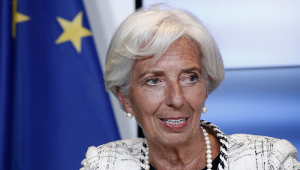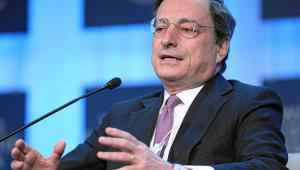By Vivienne Russell | 5 June 2014
The European Central Bank has cut its main interest rate to a record low of 0.15% and will start charging banks to deposit money for the first time in a bid to boost spending across the eurozone, it announced today.
Setting out the changes, which will introduce a negative interest rate on deposits from June 11 of -0.1%, ECB president Mario Draghi said the measures were intended to increase inflation towards its 2% target. Across the currency bloc, inflation in May was 0.5%.
Draghi highlighted that inflation expectations for the eurozone over the medium to long term continued to be close to 2%, meaning there was not yet an expectation of deflation. The bank’s rates would remain at present levels for an extended period of time in view of the current inflation outlook, he added.
The negative interest rates on bank deposits at the ECB is intended to discourage banks from retaining money by charging them to hold it. It is hoped the measure will encourage them to make loans to individuals and businesses, which would be expected to boost growth.
Azad Zangana, Schroders’ European economist, said the decision to cut the main interest rate was widely expected, but criticised the introduction of the negative rate.
‘We have disagreed with the move to cut the deposit rate in the past, as we expect banks to simply pass on the costs to households and businesses, either by charging fees for savers, but more likely through higher interest rates on new borrowers – the opposite of what the ECB is trying to achieve,’ he said.
Dawn Kendall, a senior bond strategist at Investec Wealth Management, added the rate cuts suggested that authorities were ‘rattled and willing to act’.
She commented: ‘This is the first time that a major central bank has used a negative rate strategy; it is significant from a risk viewpoint and can be viewed similarly to the “whatever it takes” statement by Draghi in July 2012 [in which he pledged to do whatever was necessary to save the single currency].’












